Building a solar farm is much more than just installing solar modules. Transforming a ground-based site into a high-performance facility requires precise planning, experienced teams—and, above all, the right machinery . These ensure that the site is prepared, the modules are safely installed, and long-term, reliable operation is guaranteed.
Why the right choice of machinery is crucial for solar park construction
Solar farm construction is a complex project in which the choice of machinery, schedule, and site are closely intertwined. The machinery must be suitable for the site size, subsoil, and installation method —otherwise, costs and risks increase. Using suitable equipment from the outset speeds up installation, increases safety, and minimizes downtime.
Official permits and environmental requirements
Before you begin building your solar farm , various permits are required. Depending on the location, regulations under the German Federal Building Code (BauGB) and the Federal Immission Control Act (BImSchG) apply. For large systems, an environmental impact assessment (EIA) is also mandatory.
Close coordination with municipalities, grid operators, and nature conservation authorities is crucial. Land-use and development plans often need to be adjusted, especially for agricultural or redeveloped land.
Site preparation – the basis for successful solar park construction
Whether you 're building a solar field or a PV park , it won't work without a stable foundation. The ground must be stable, level, and free of obstacles. This is where the first machines come into play:
- Bulldozers – for rough profiling and leveling of large areas
- Crawler or mobile excavator – for removing roots, remaining foundations or foreign objects
Practical tip: A geotechnical assessment is worthwhile, especially in soft soils. This ensures that foundations remain stable later.
Soil protection and difficult subsoils
When building a solar farm on moorland or sloped land, load-bearing capacity is often critical. Soil replacement, drainage, or soil stabilization ensure a secure foundation. Soil-based construction monitoring helps prevent settlement and compaction.
Laying foundations – stability for all weather conditions
The substructure of the modules is usually driven into the ground using pile-driven or screw foundations . Powerful machines support this:
- Hydraulic rams – for fast driving of steel piles
- Mini excavator with drilling system – ideal for screw foundations or difficult ground
Important: A stable foundation is crucial for the lifespan of your system – especially when exposed to wind loads and frost.

Module assembly – precise work in the solar park
Precision is key when building a solar farm . Modules, frames, and cables must be positioned securely and with millimeter precision. Choosing the right machinery makes all the difference:
- Telescopic forklift – for the transport and precise placement of modules
- All-terrain work platforms – for assembly work on uneven ground
- Cranes – for large or heavy module segments
Advantage: With suitable equipment, you reduce assembly times and significantly increase work safety.
Digitization and special machines
Modern solar field construction projects benefit from GPS-guided dozers and GNSS excavators . This allows for precise subsoil preparation. Drones deliver real-time survey data – ideal for large areas with complex topography.
Construction site logistics – efficient material flow at the PV park
Effective logistics are crucial if you want to build your own solar farm . Materials, modules, and inverters must be delivered to the site quickly and safely.
- Off-road forklifts – for robust transport even in wet and uneven conditions
- Telehandler – versatile with fork or shovel
Efficiency tip: Plan supply chains and material buffers in advance to avoid downtime and delays.
Sustainability and low-emission machines
More and more projects are relying on sustainable machinery for solar farm construction . Electric and hybrid excavators reduce CO₂ and noise – ideal for sensitive sites. Fully electric wheel loaders and compact machines also contribute to low-emission construction sites.
With energy management according to ISO 50001 and our own PV charging stations, the entire construction process can be made climate-friendly.
Personnel qualification and occupational safety
When constructing a solar farm , safety first applies. DGUV training, personal protective equipment (PPE), and regular instruction are mandatory. Only trained operators are permitted to operate construction machinery or work platforms.
Clear communication on the construction site and defined escape routes increase safety and avoid downtime.
Maintenance, care and automation
Even after commissioning, machine work remains important. Cleaning equipment, mulchers, and mowing systems keep modules clean and the area clear of vegetation. This is the only way to maintain consistently high performance.
Automated cleaning robots with GPS and lidar control increase efficiency. Modern IoT systems enable real-time monitoring of performance, temperature, and shading.
Economic efficiency and cost planning
Whether you 're building a solar field or a photovoltaic park , the choice of equipment directly impacts costs. Rental equipment is often more cost-effective because it's flexible and maintenance-free.
In your calculations, consider not only rent but also transportation, insurance, and operating costs . A precise ROI calculation helps you realistically estimate your return.
Conclusion: Machines make the difference
- Efficiency in construction and logistics
- Safety through trained teams and modern technology
- Sustainability through low-emission devices
With the right technology—whether it's a telehandler , work platform , or specialized equipment—you can build your solar farm safely, quickly, and cost-effectively. BIBERGER supports you with a comprehensive rental fleet for the construction of your solar farm —nationwide and ready for immediate use.







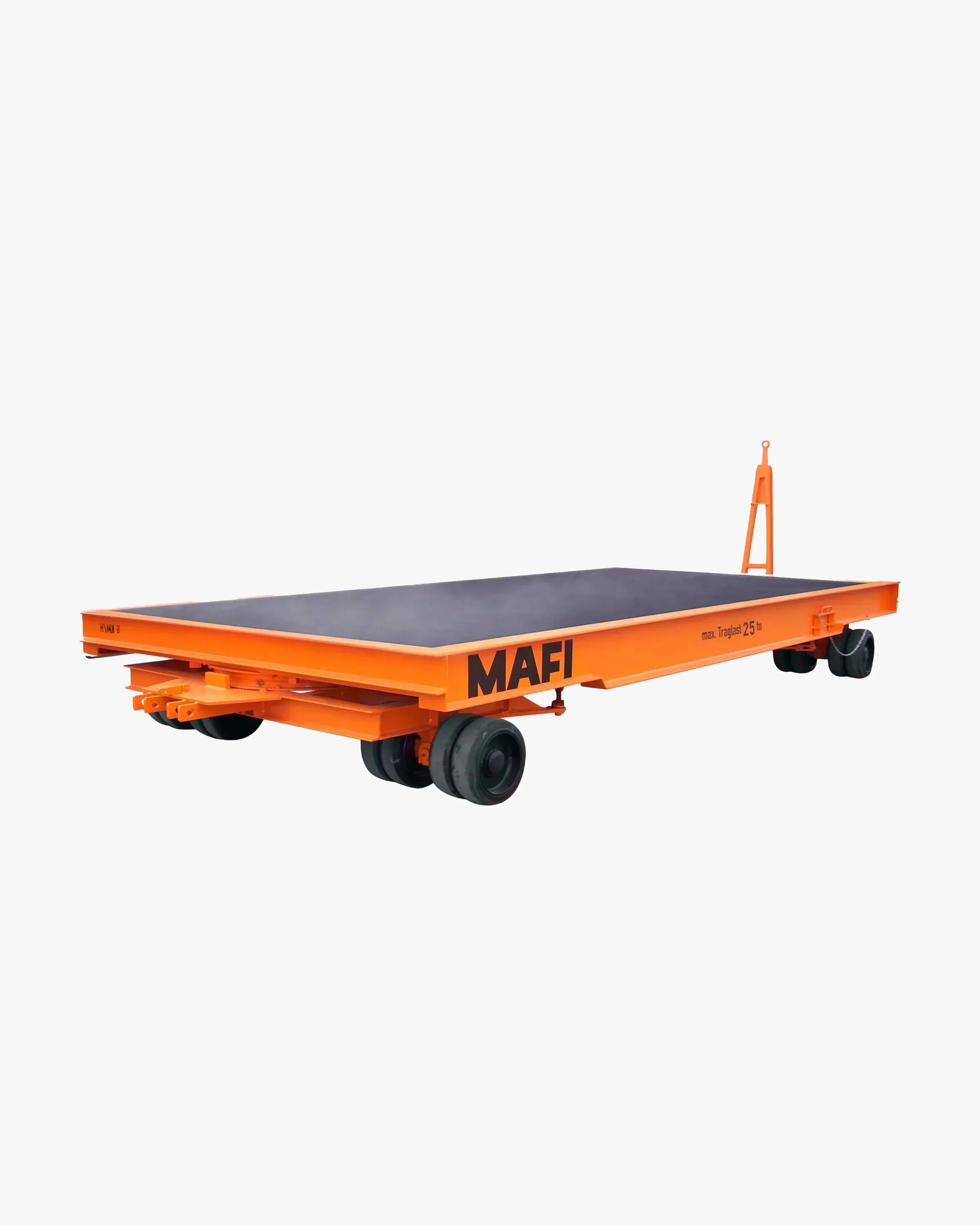
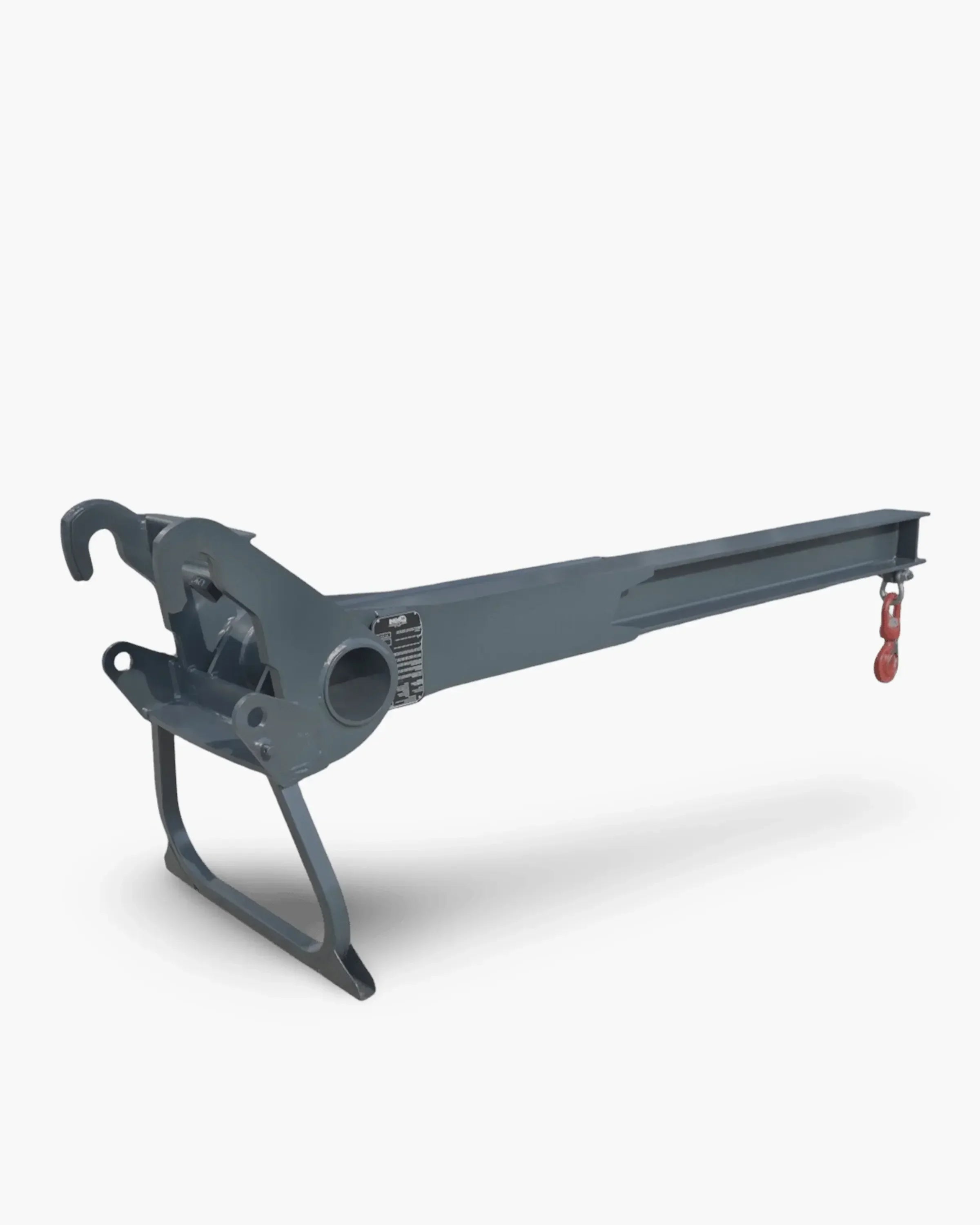
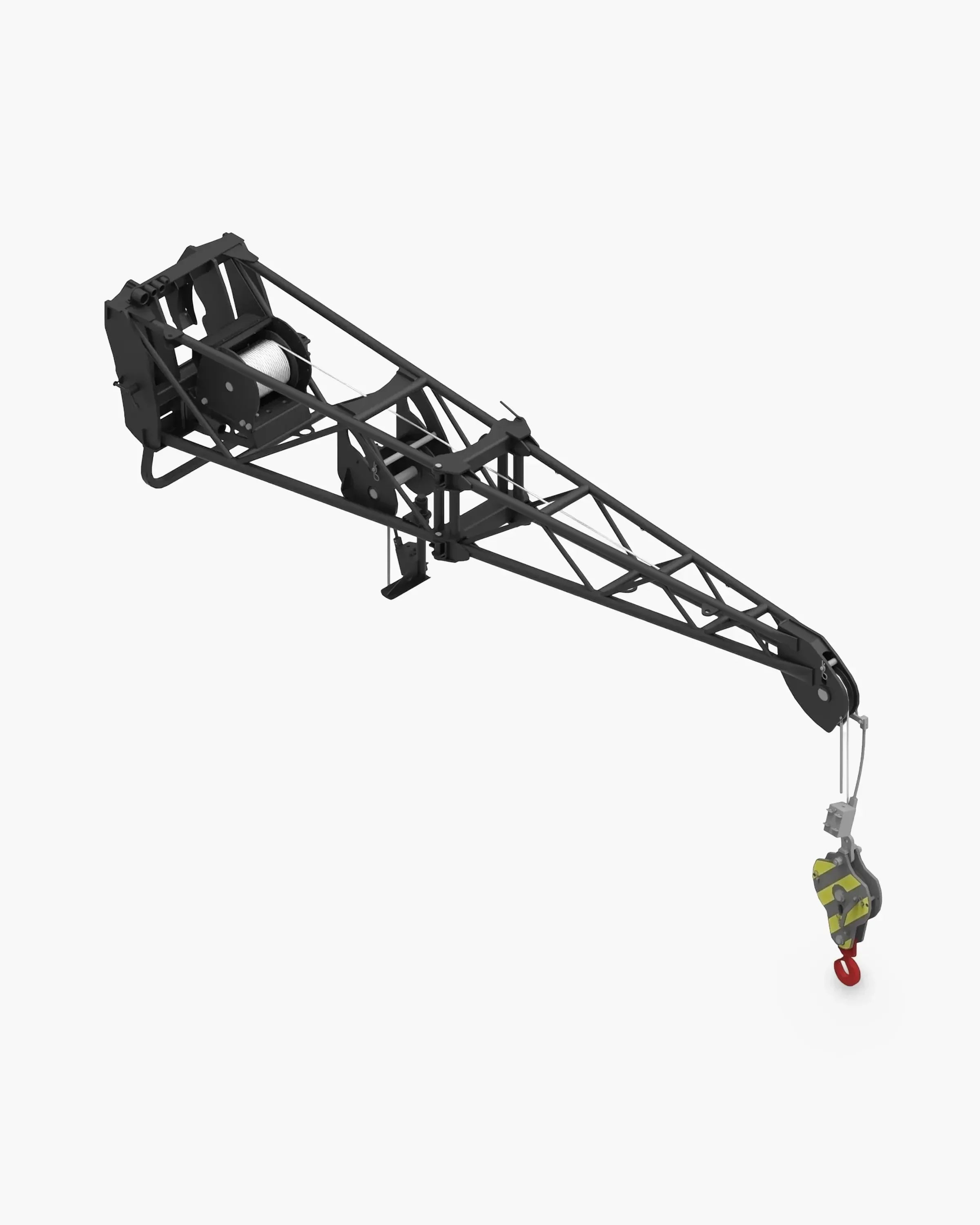
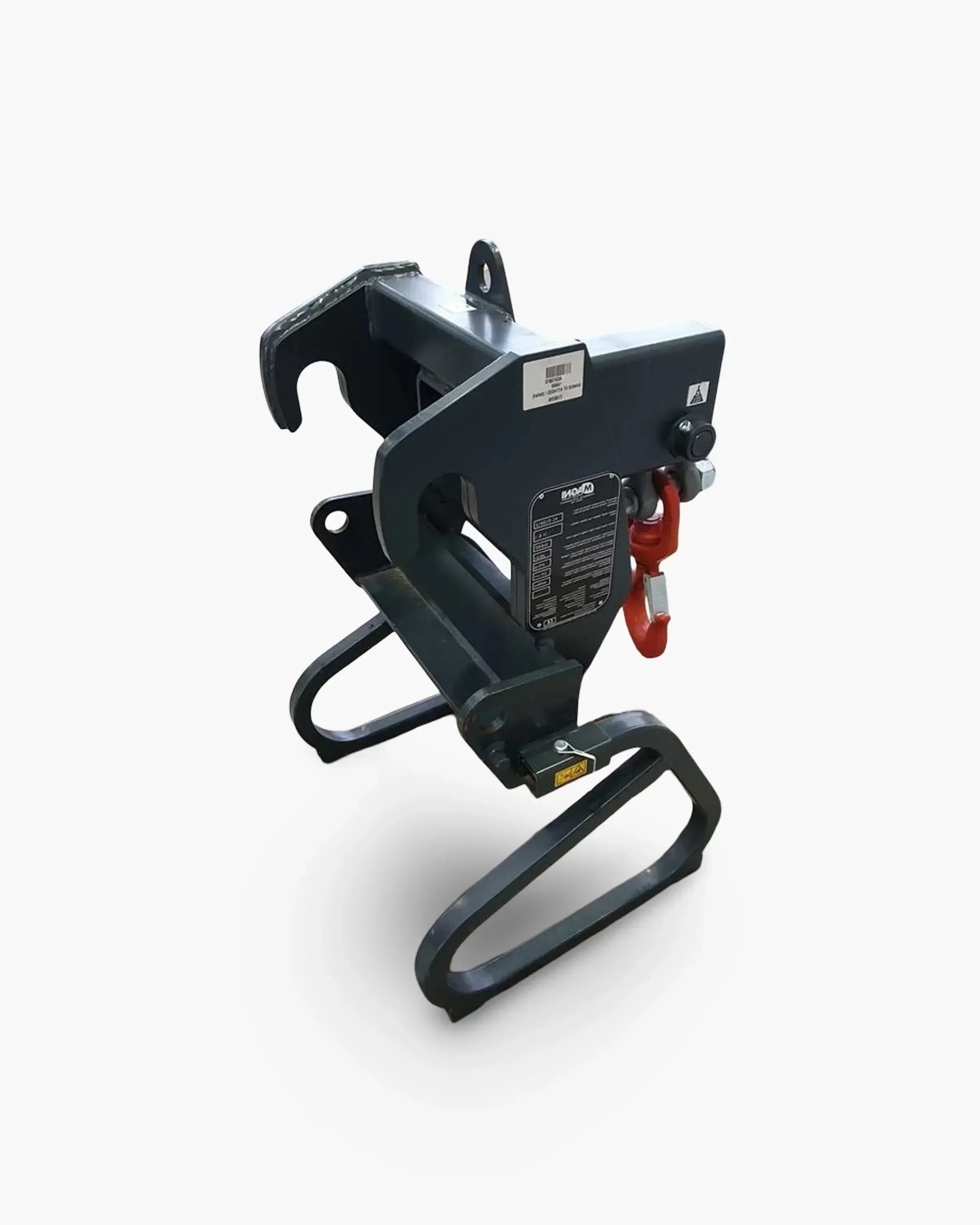

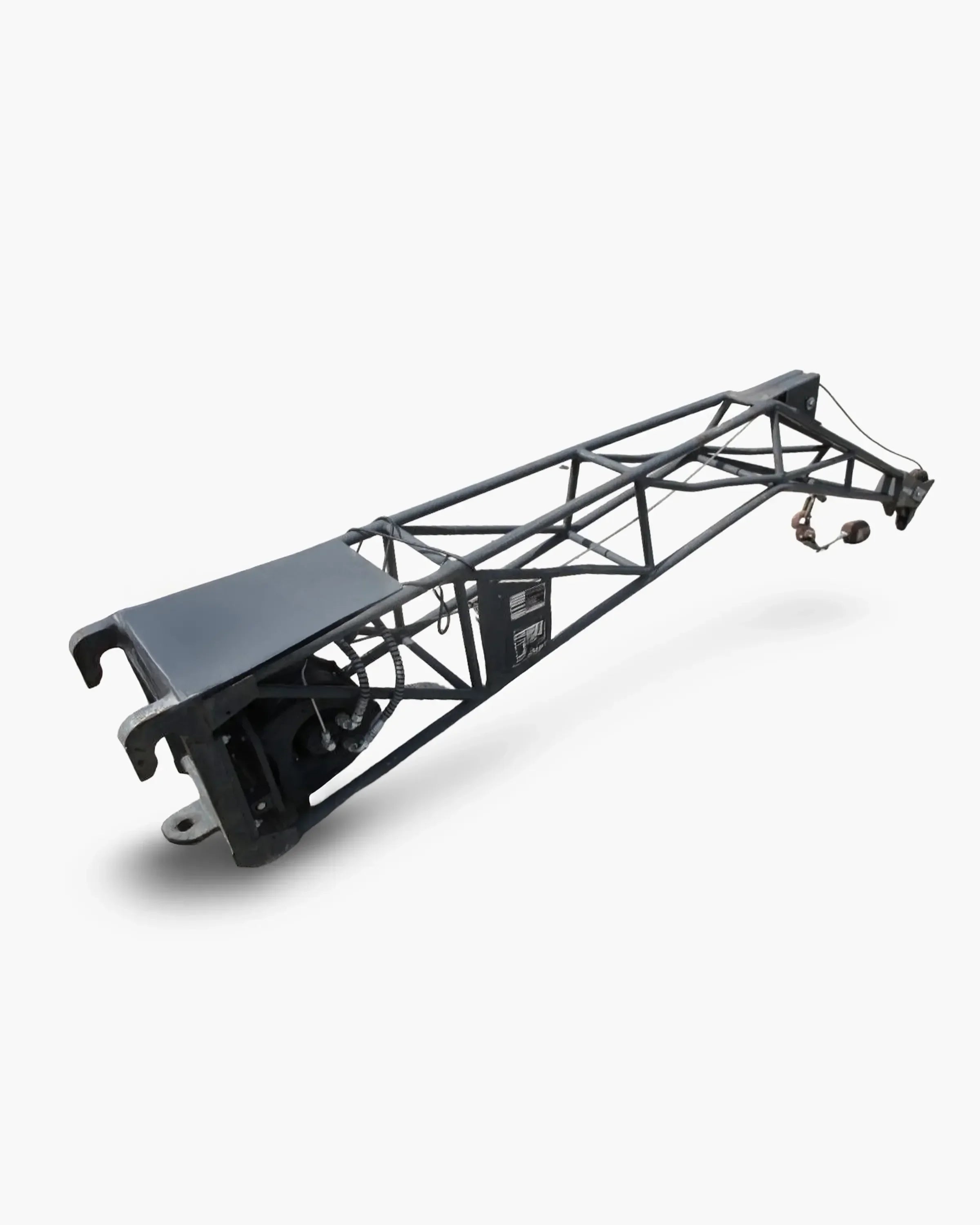
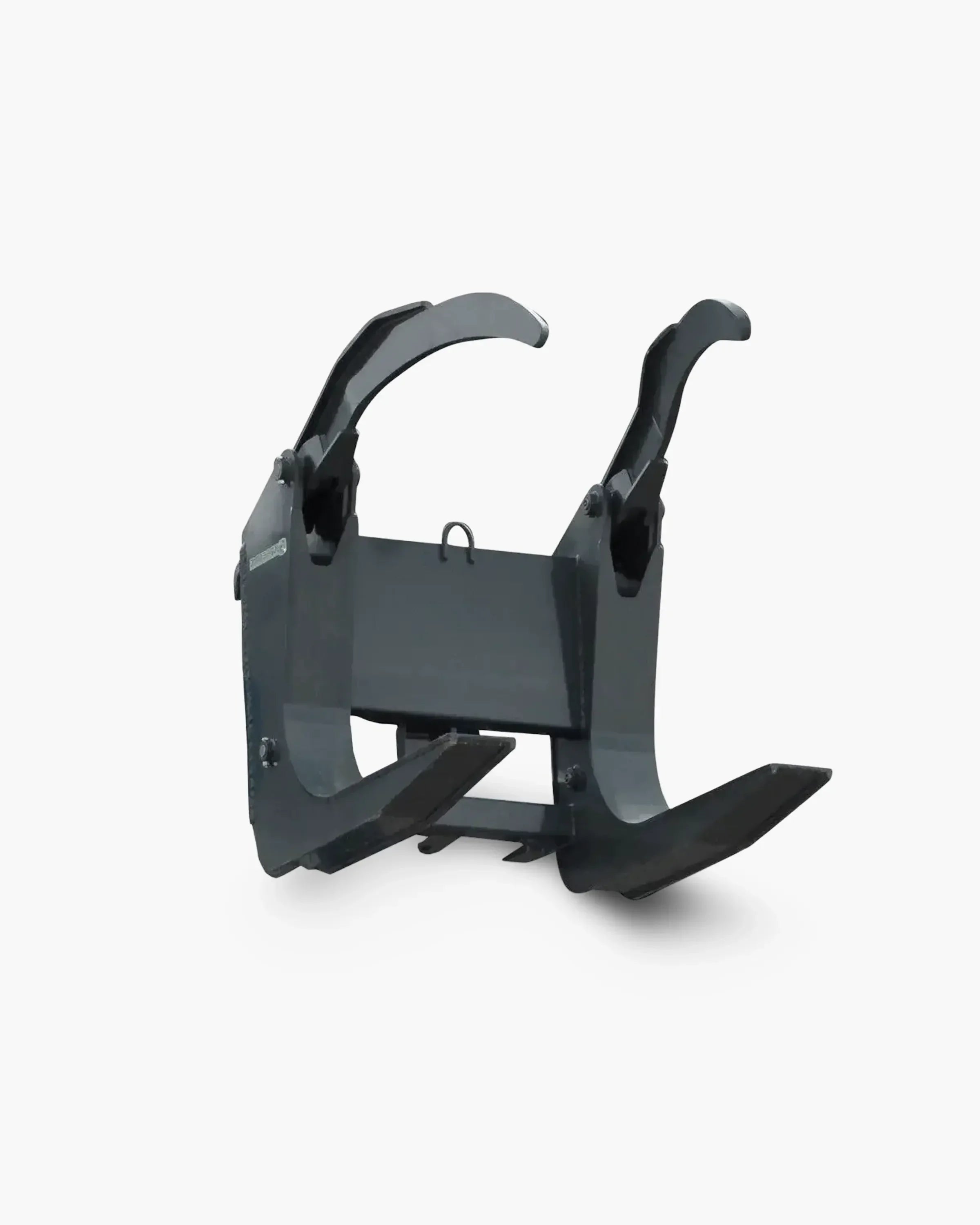
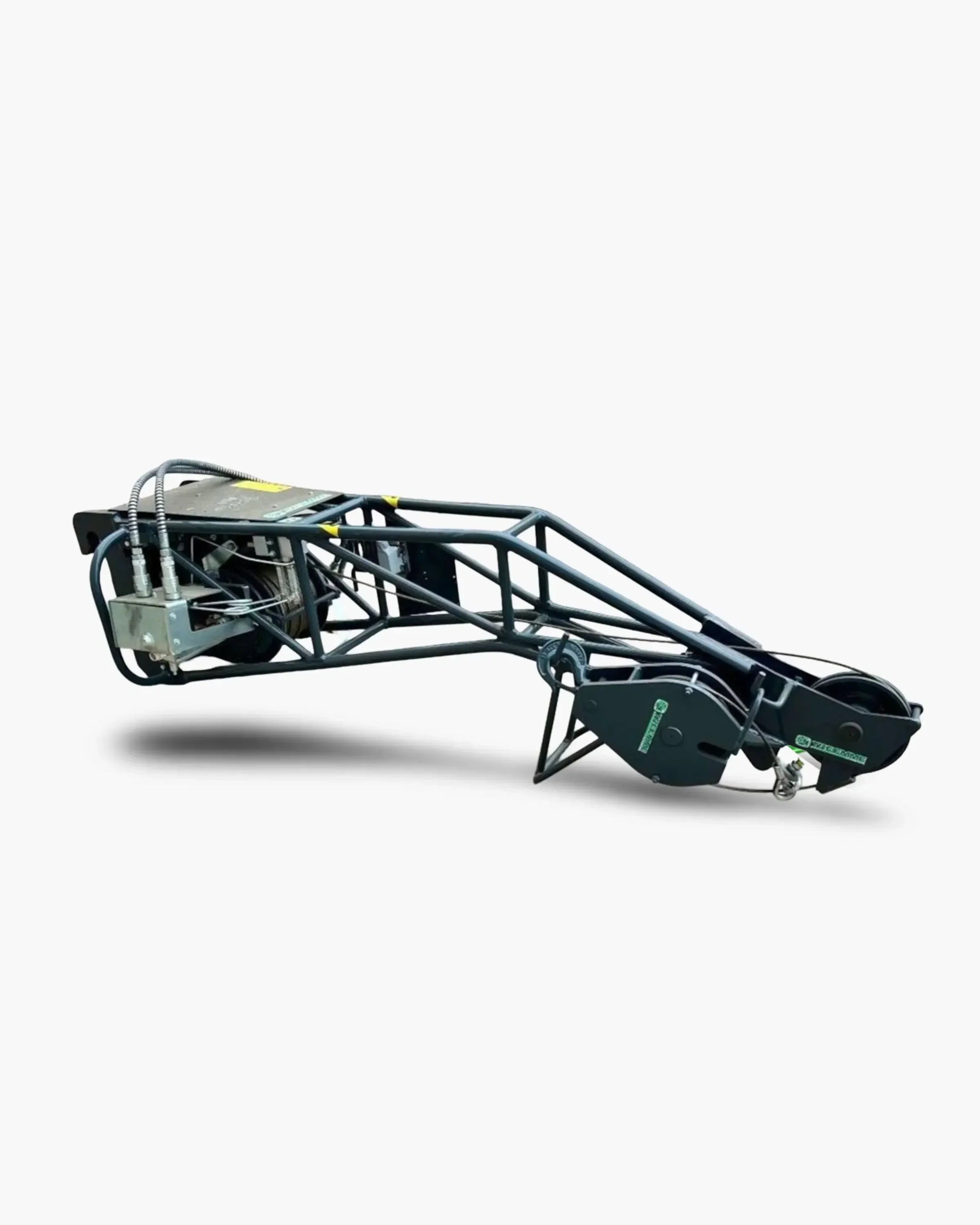

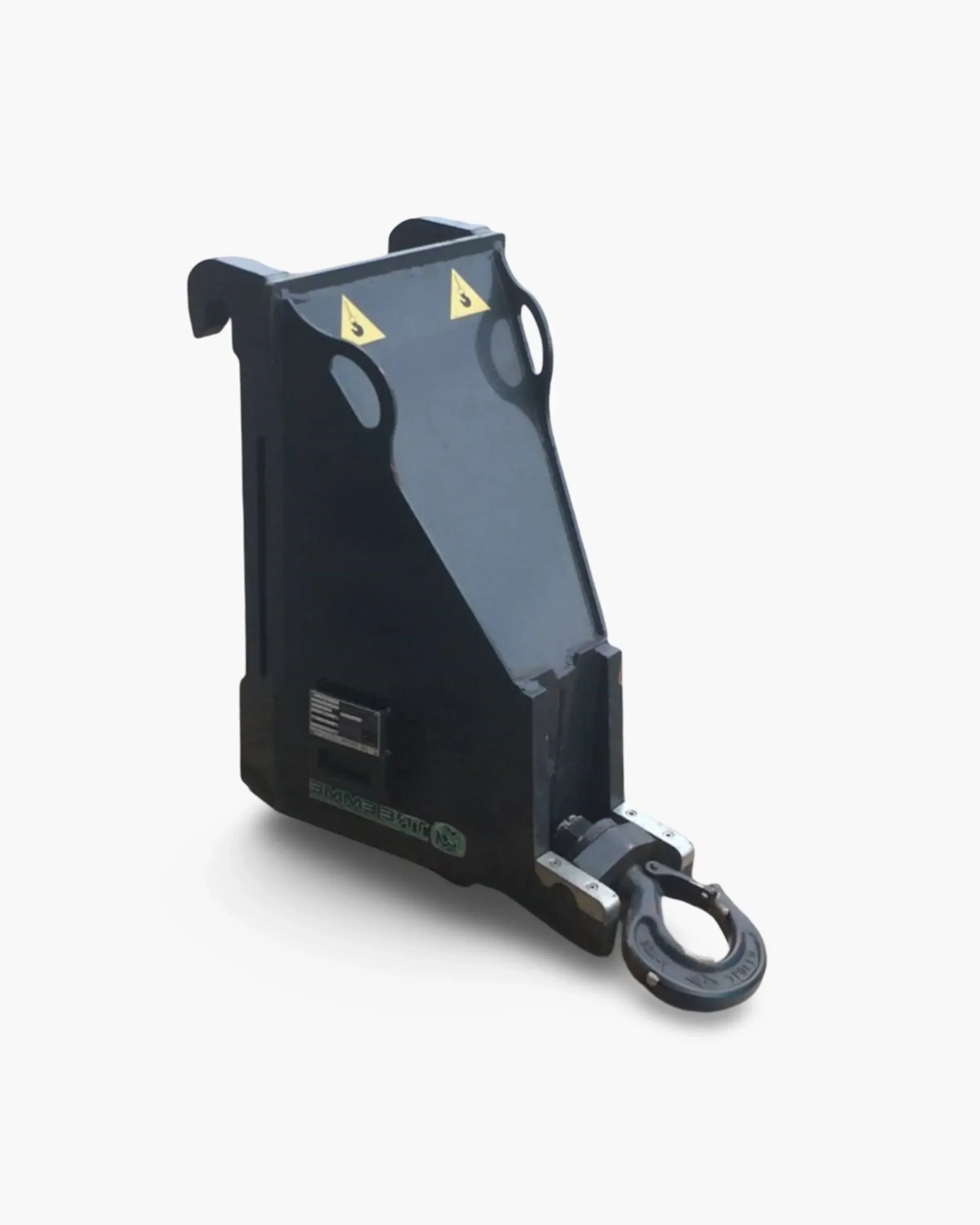
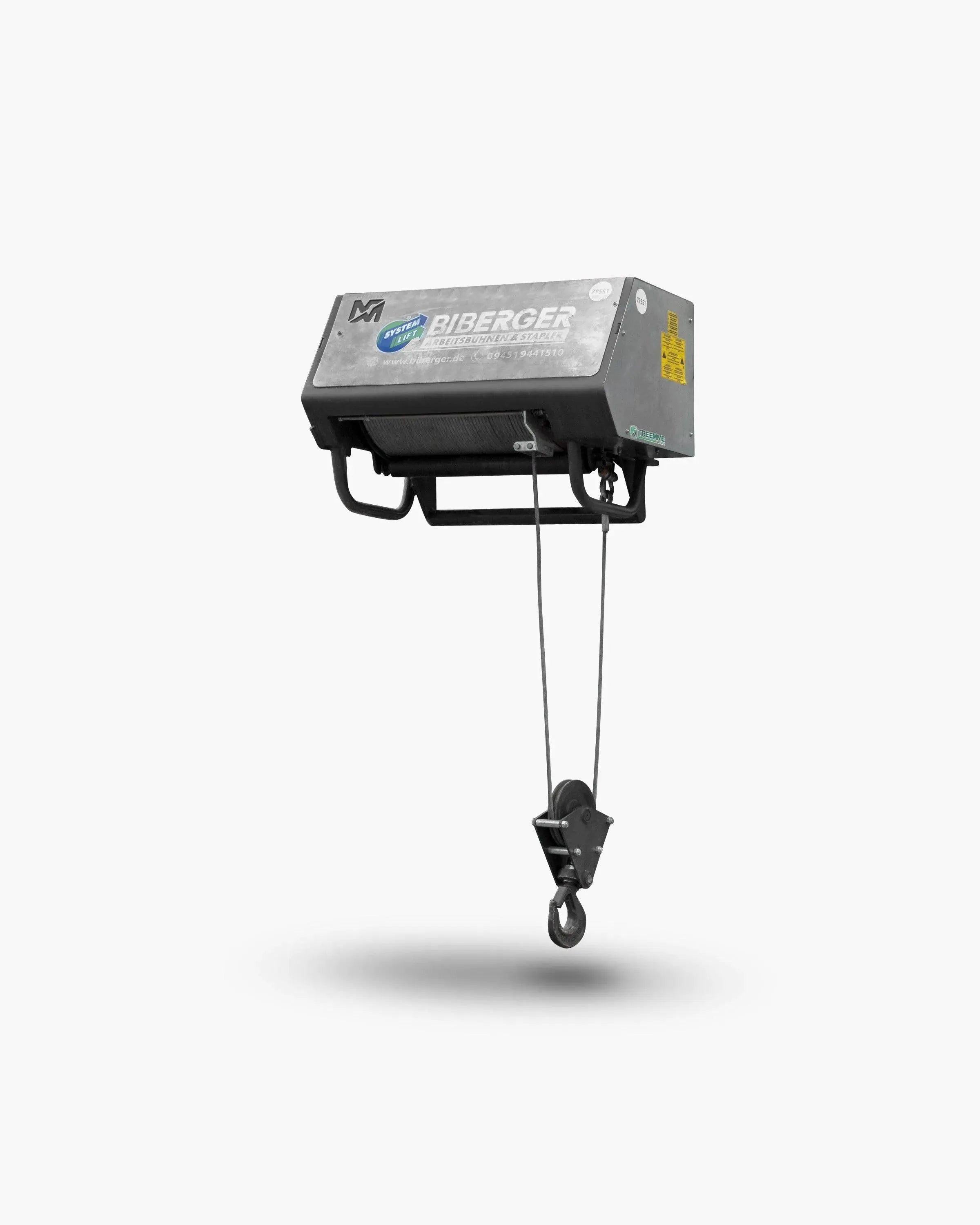
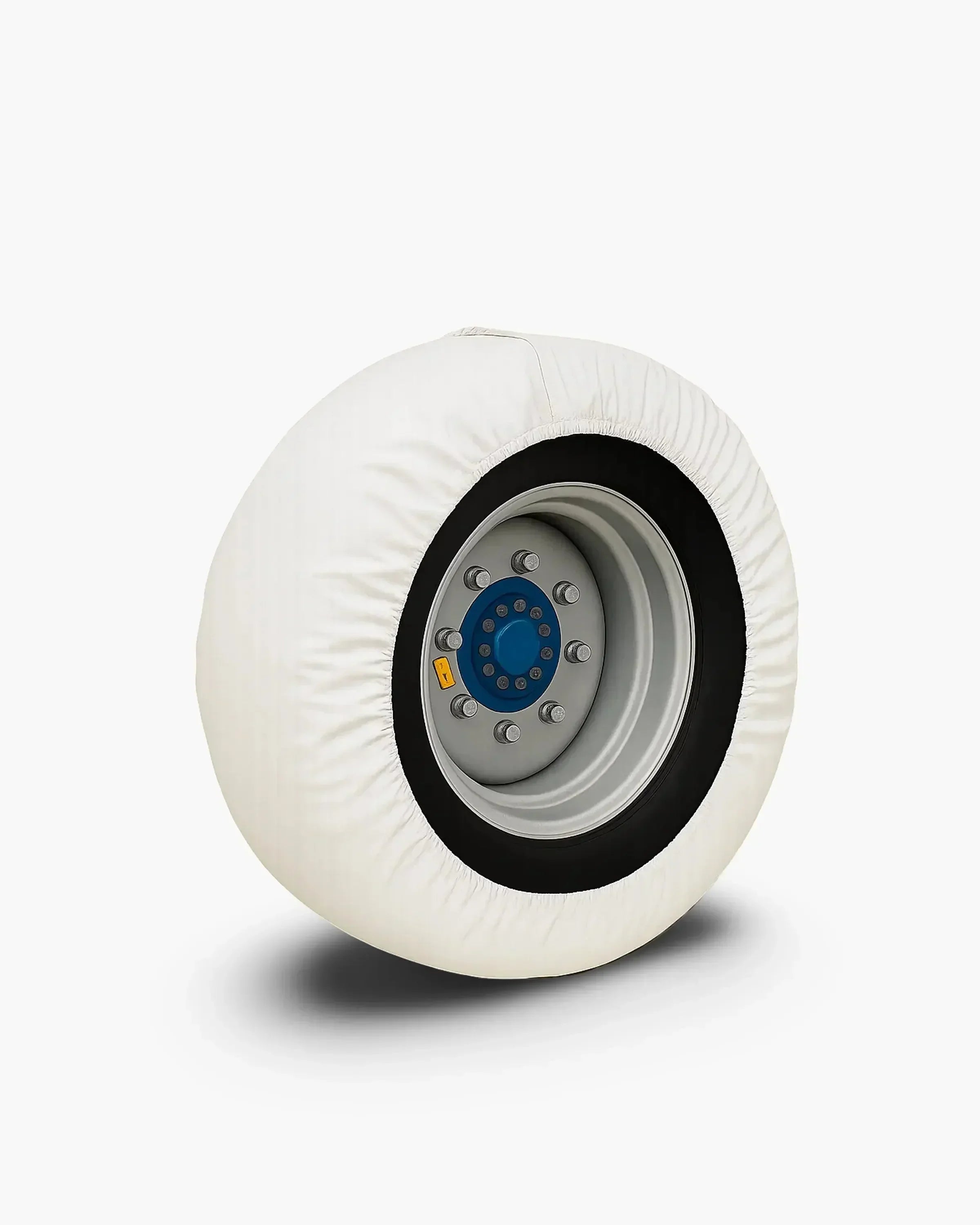


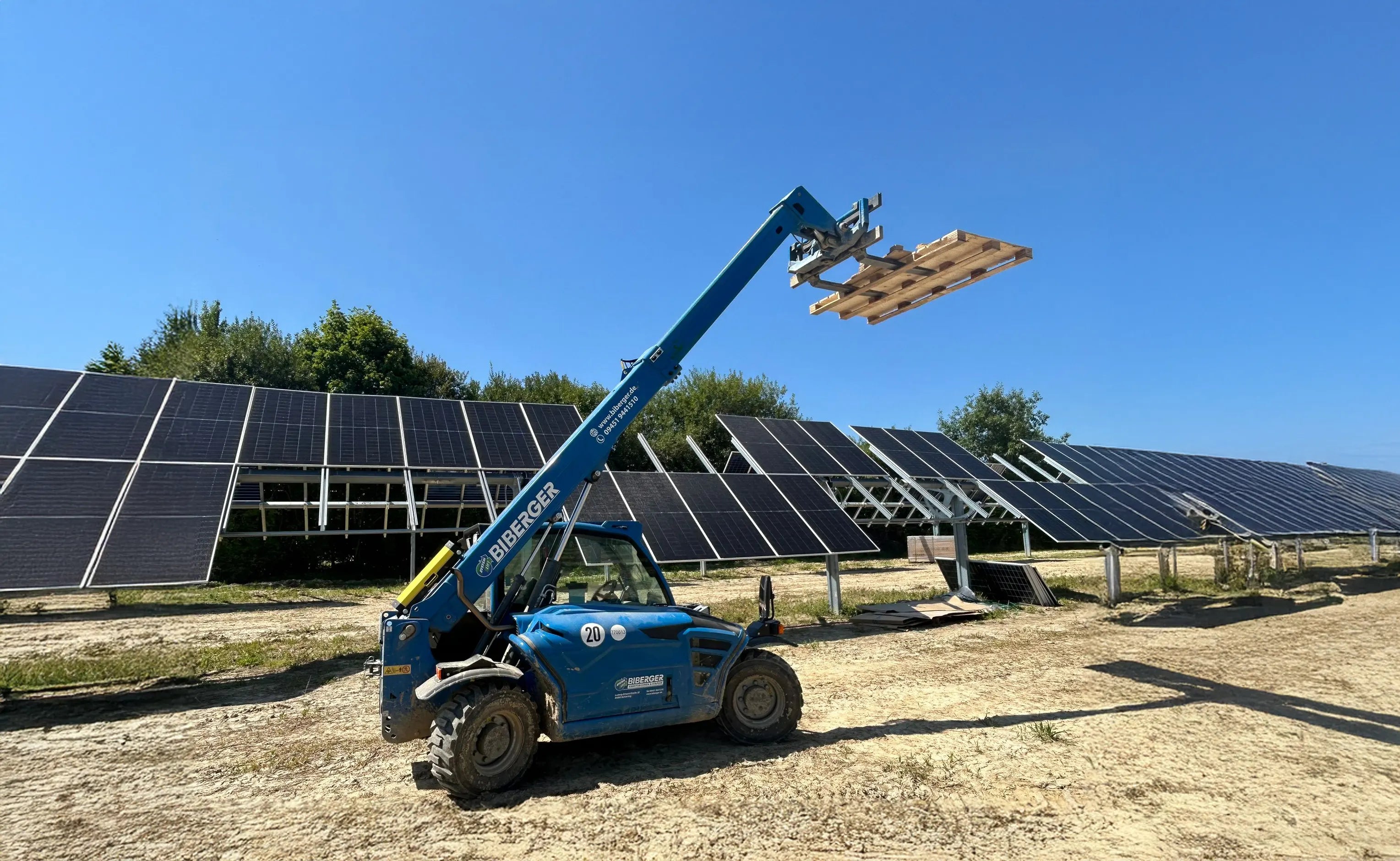

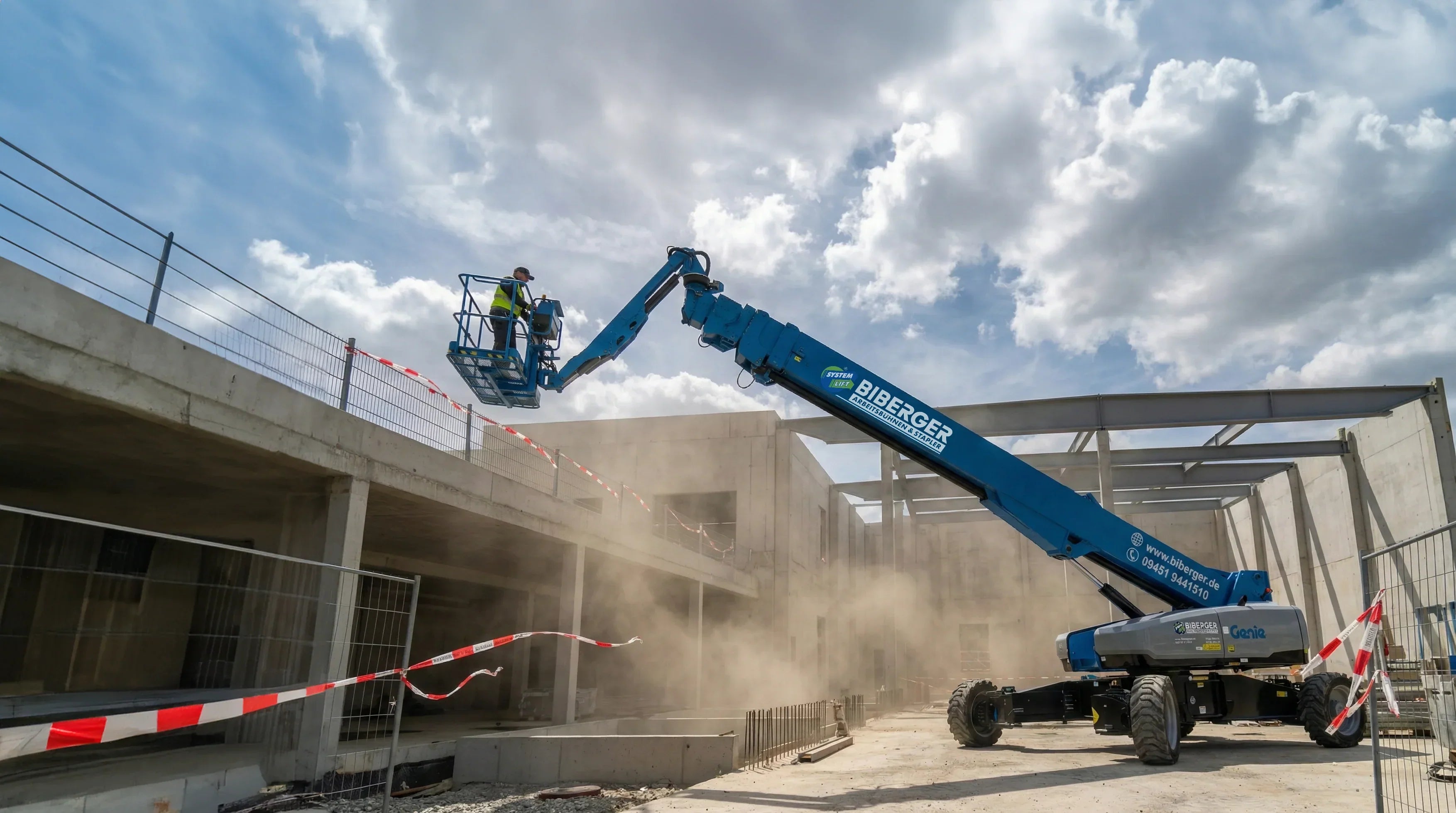

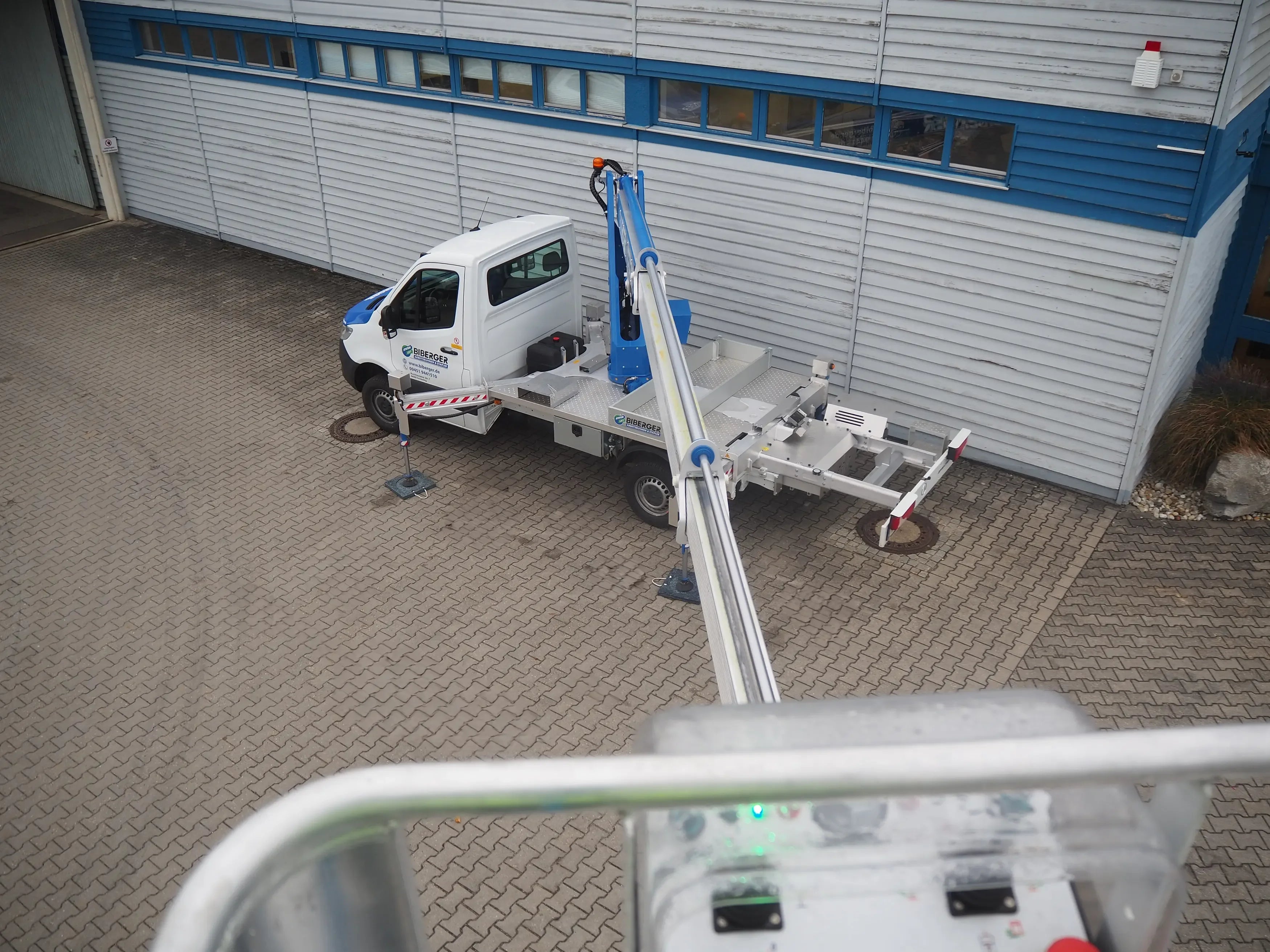
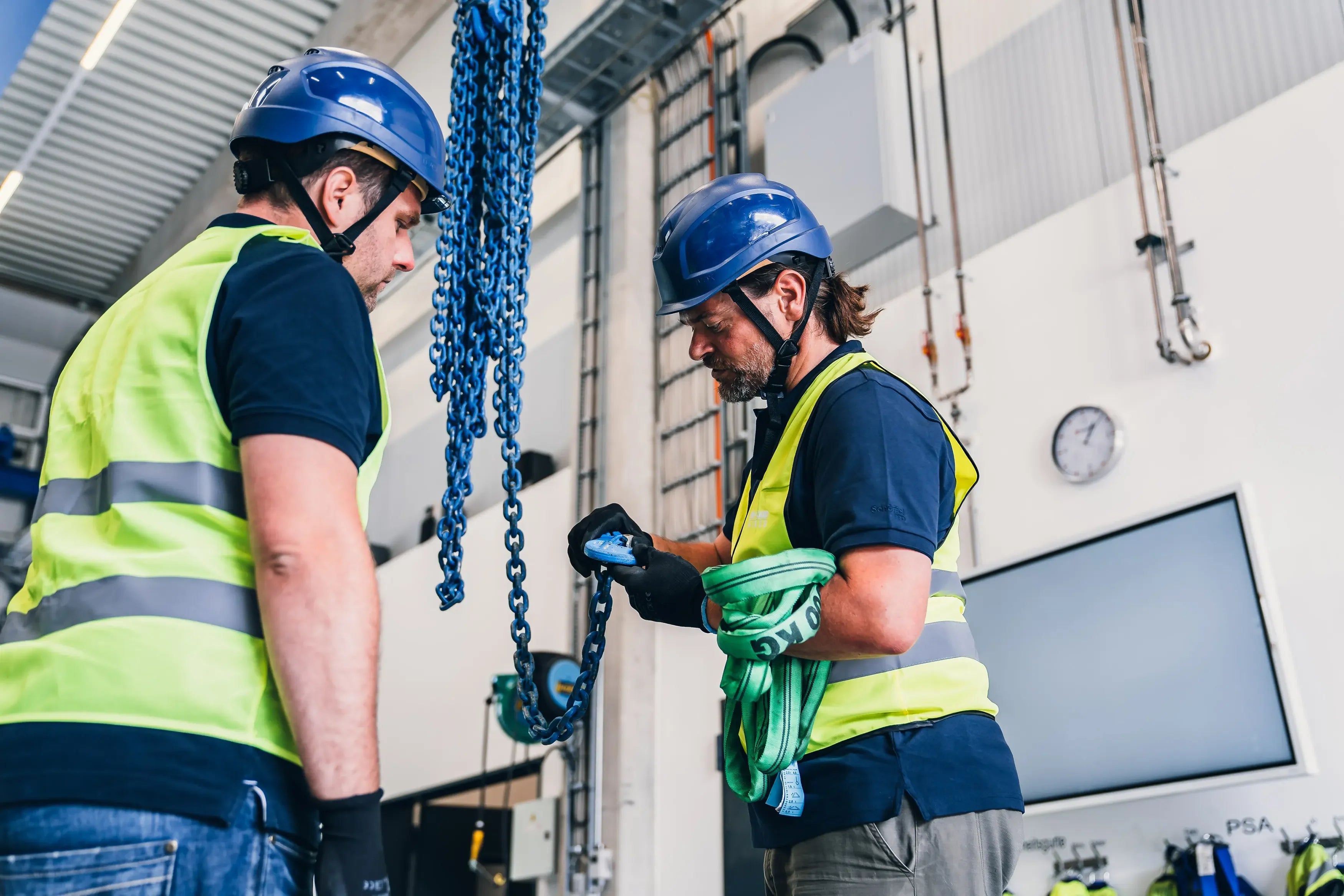
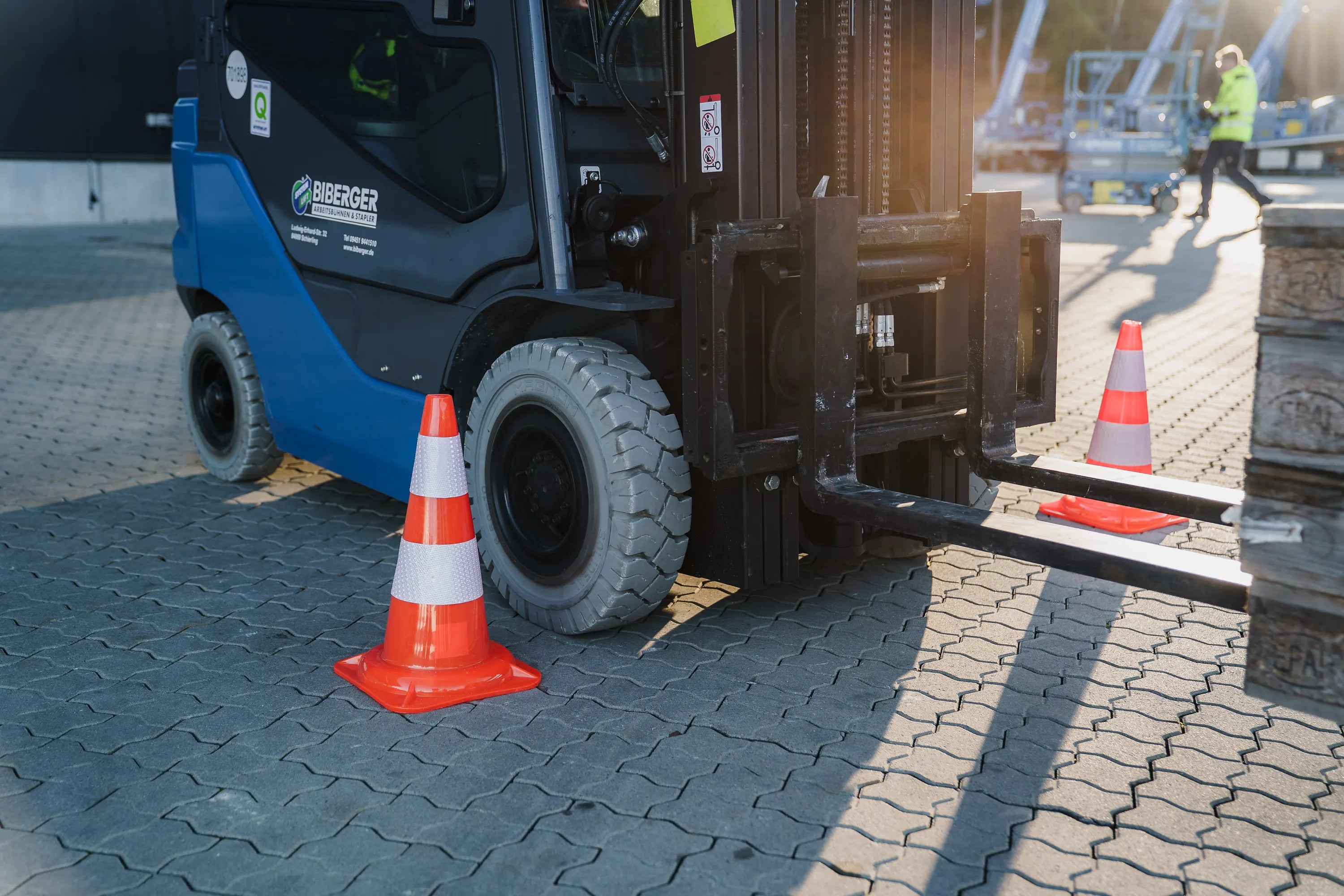
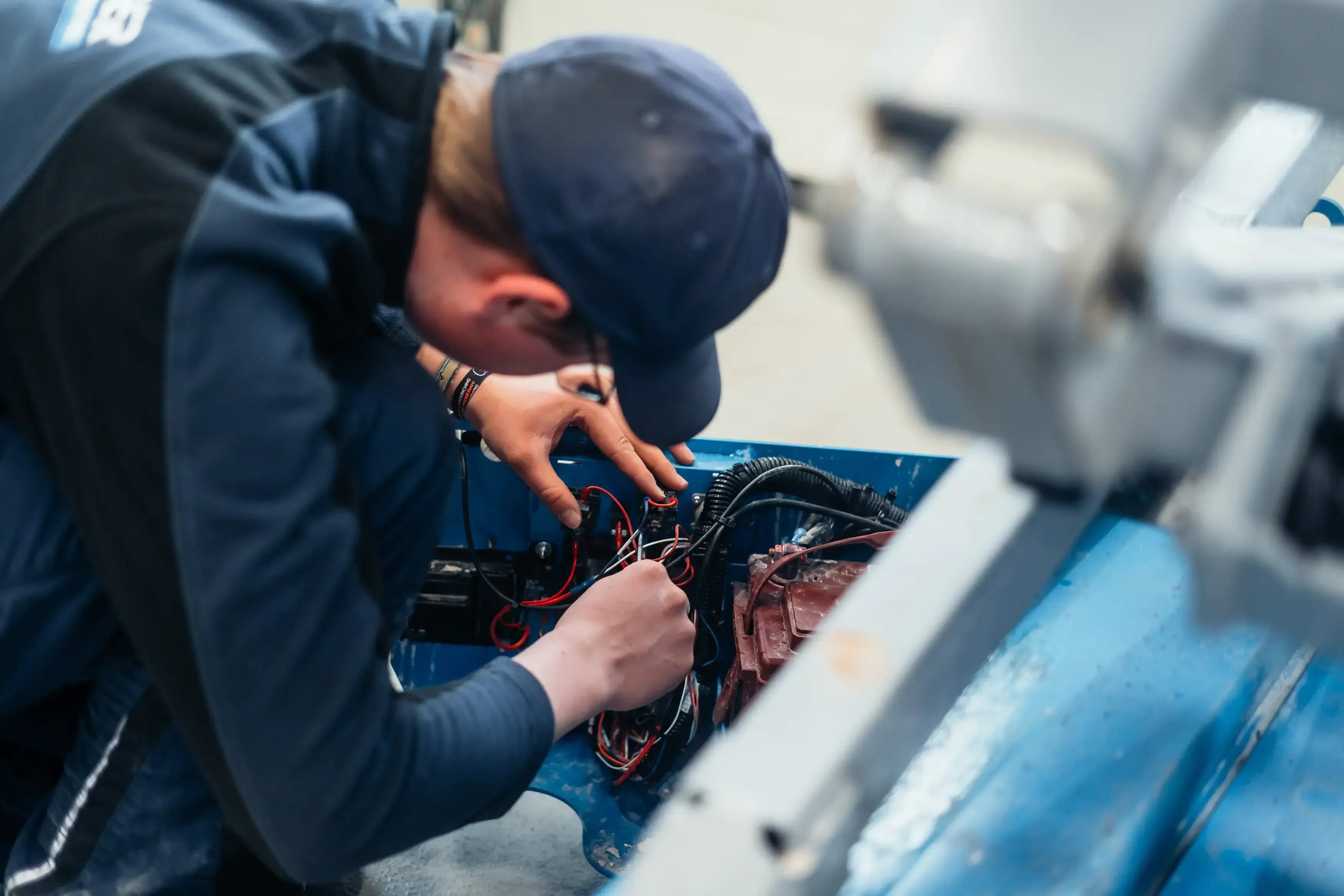
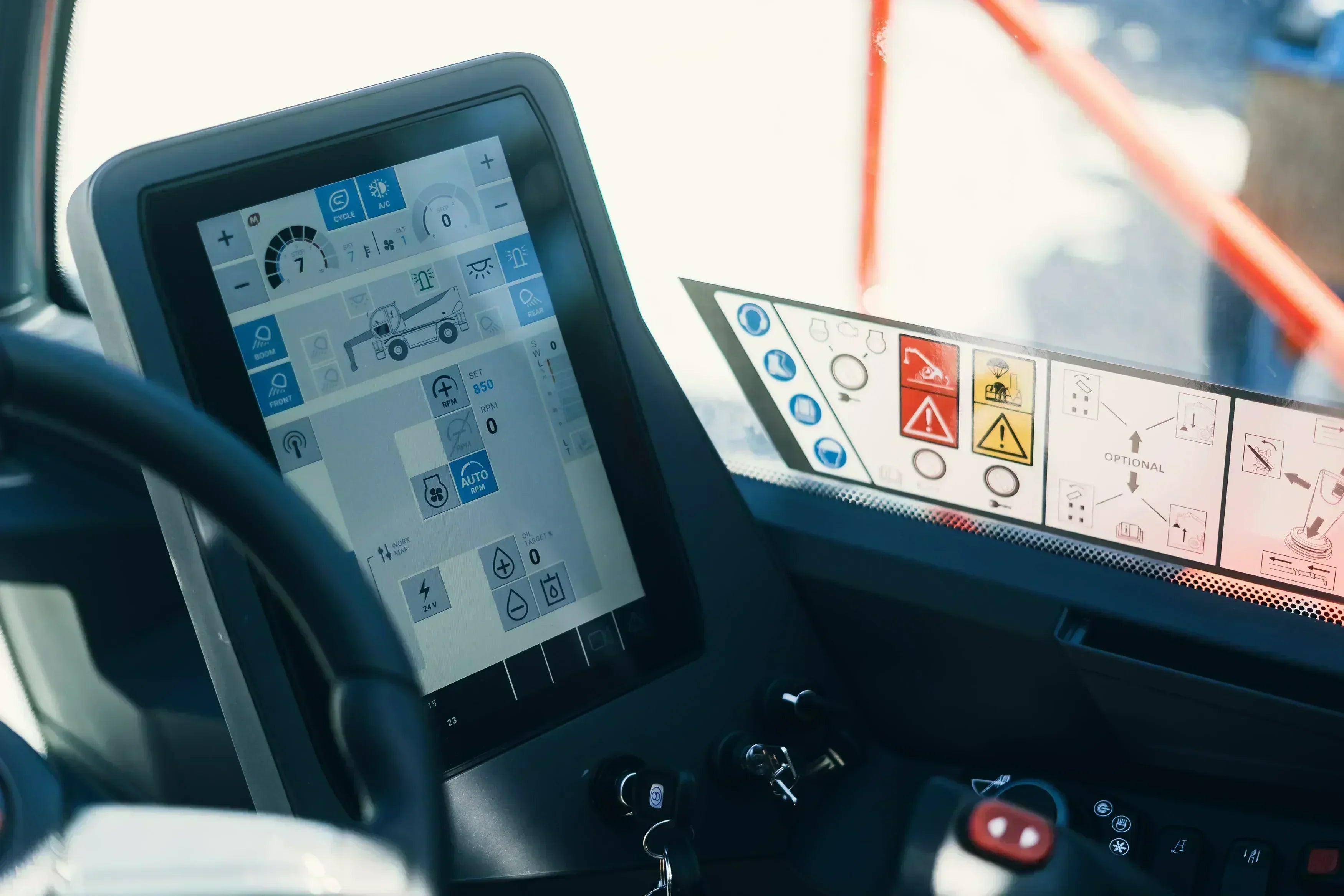
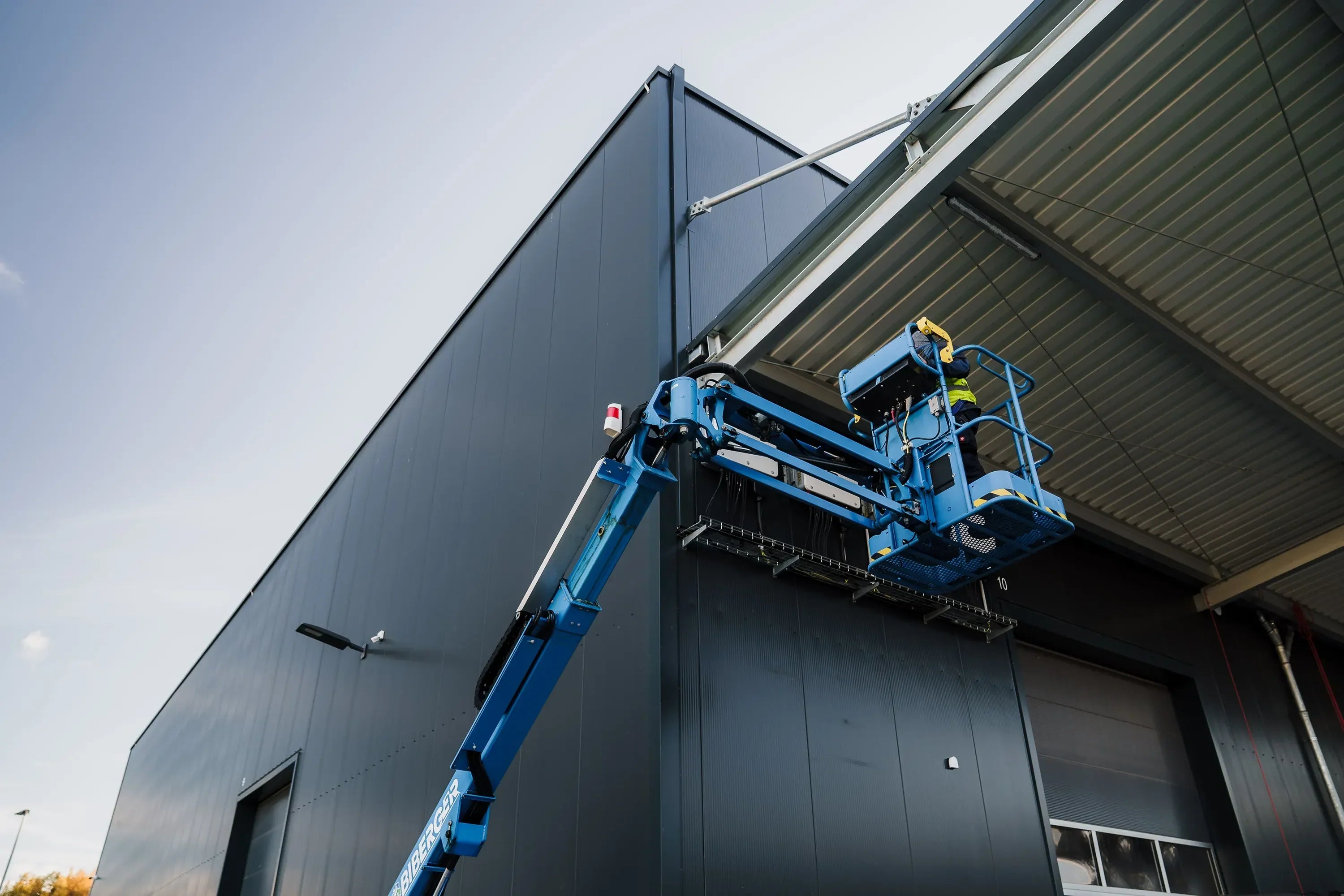






Share:
Oktoberfest Munich: How to set up and dismantle with machines in 2025
Moving work platforms with a crane? What you need to know about "craneable"
Our editorial quality standards
The subject content on biberger.de are editorially created, reviewed, and continuously updated. The basis is our daily work with aerial platforms, telehandlers, and industrial trucks – in rental, sales, operational planning, and technical support.
Each article draws on real-world experience and is editorially reviewed for clarity, accuracy, and practical relevance according to expert criteria. Technical statements are regularly compared against current industry standards and best practices.
The aim of our publications is to make reliable specialist knowledge accessible and to offer guidance to users, decision-makers and industry partners. BIBERGER sees itself as an independent information platform for safe, economical and modern height access technology – well-founded, comprehensible and free from advertising influence.